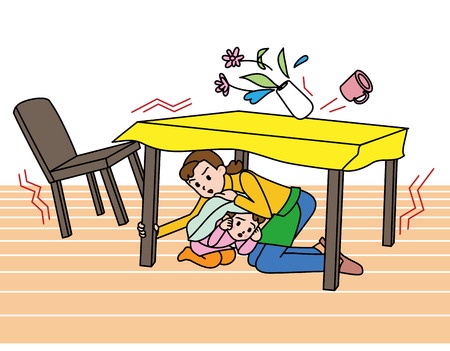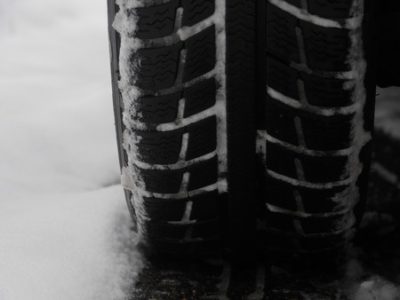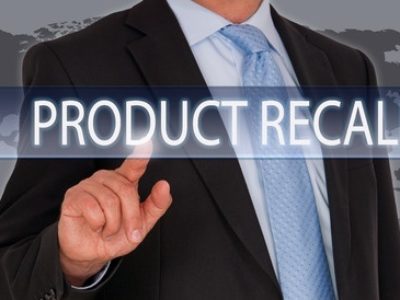

Earthquake Safety Preparedness
Many of us remember earthquake drills in our early school days but a good refresher on what to do in case of an earthquake is a good idea. The same simple earthquake safety instructions are still being taught today: if you feel an earthquake DROP to the ground, take COVER under a desk or table and HOLD on to the desk or table top or leg so it doesn’t bounce away. Don’t move until 30 seconds after the shaking stops.
Most injuries sustained during earthquakes occur because of a blow from a falling object or a loss of footing during the shaking. Those who are able to get under safe cover within 3-4 seconds can often reduce their risk of injury. If you find yourself in a room without a table or desk, your goal should be to make sure that your head is not the tallest thing in the room by getting low, covering your head and sitting beside an inside wall or heavy furniture or between furniture or rows of chairs.
Note: Doorways are not a safe place to go for cover in an earthquake as the door may be swinging back and forth due to the shaking; knocking into the person.
The “Triangle of Life” is not safe!
The “Triangle of Life” is an alternate earthquake safety concept that is inappropriate and unsafe for earthquakes in the United States. The theory goes that people inside a building during an earthquake should seek shelter near solid items that will provide a protective space, a void or space that could prevent injury or permit survival in case of a major structural failure and specifically advises against sheltering under tables.
The U.S. has strict building codes that are meant to keep the structural integrity of a building in place even during an earthquake which makes this idea unhelpful.
Make an Earthquake Preparedness Kit
It is always a good idea to create an emergency preparedness kit and here in the Northwest we know that an earthquake could happen at any time. Your emergency kit should include a first aid kit, survival kits for the home, automobile, and workplace, and emergency water and food. Always pack enough supplies to last at least three days.
First Aid Kit
Your first aid kit should be stored in a tool box or fishing tackle box so it will be easy to carry and protected from water. Be sure to inspect your kit regularly and keep it stocked with relevant items such as new medications.
Your kit should include:
- drugs/medications to treat wounds and for pain relief and specific medical needs
- Dressings, instant cold packs, tensor bandages, and splints for wounds of all types and sizes
- Miscellaneous tools such as scissors, tweezers, first-aid book, sewing kit, pocket knife, thermometer, etc.
- Other miscellaneous items to consider are paper cups, Kleenex, soap, plastic bags, and sun screen
Survival Kit for Your Home
A survival kit for your home should include:
- Tools and supplies such as an ax, shovel, broom, screwdrivers and pliers, plastic sheeting, a hammer, and a rope
- Clothing such as sturdy shoes, gloves, hats, a change of clothes, and waterproof gear
- Lighting such as candles and battery operated lights (with extra batteries)
- Shelter such as a tent and blankets or sleeping bags
- A radio for communication
- Non-perishable food that doesn’t need to be cooked and water for hydration and sanitation
- A first aid kit
- Pen and paper
- A fire extinguisher
- Toilet paper
Survival Kit for Your Car
Store car kits in a backpack for easy transportation in case you must leave your vehicle behind. Everything in the home kit should be in the car kit (minus some of the large tools) plus jumper cables, an emergency signal device, a whistle, and a map and compass.
Note that a survival kit for your workplace is also a good idea.
If you or a loved one were injured in an accident, you have enough to deal with. Let an experienced accident attorney fight for the full compensation that you deserve. It is not uncommon to receive a settlement from the insurance company that is five to ten times bigger with the help of a lawyer. Call the caring accident attorneys at Tario & Associates, P.S. in Bellingham, WA today for a FREE consultation! We have been representing residents of Whatcom County, Skagit County, Island County and Snohomish County since 1979. You will pay nothing up front and no attorney fees at all unless we recover damages for you!




